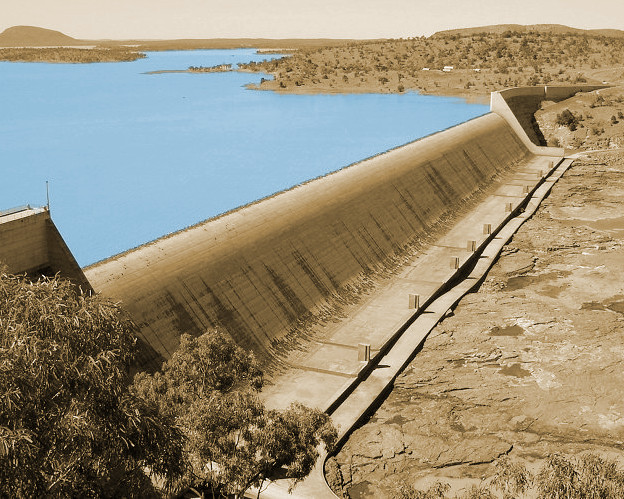Big boost for Burdekin
 The Queensland government has announced a $1 billion investment to enhance the capacity of the Burdekin Falls Dam.
The Queensland government has announced a $1 billion investment to enhance the capacity of the Burdekin Falls Dam.
The project aims to raise the dam wall by 2 metres, resulting in an additional 150,000 megalitres of water storage.
This development is pending environmental approvals and will facilitate increased water allocations, benefiting agricultural irrigation.
Situated approximately 210 kilometres south of Townsville, Burdekin Falls Dam presently has a storage capacity of 1.8 million megalitres.
The dam serves the dominant cane industry, as well as horticulture and grazing activities, throughout the region between Charters Towers and Collinsville.
With the dam currently operating at 93.9 per cent capacity and experiencing frequent overflows, the decision to raise the wall will secure a long-term water supply for decades to come.
Minister for Resources Scott Stewart has confirmed that the project's cost is expected to exceed the initial estimate of $502 million from 2018, with this year's allocation of $540 million forming part of the total expenditure.
However, the updated plans have generated some questions and concerns.
The proposed 2-metre increase and the exclusion of a hydro-electricity scheme differ from the original project specifications, prompting requests for further clarity.
The Burdekin River Irrigation Area (BRIA) committee has raised concerns about potential downstream impacts on users, ecosystems, and erosion.
Meanwhile, Federal Member for Kennedy Bob Katter expressed disappointment, as the funding allocation appeared to diminish prospects for the controversial Bradfield Scheme, which was deemed unviable last year.
The timeline for the project's commencement and completion remains undisclosed by the state government.
However, Mr Stewart anticipates that the construction phase will create employment opportunities for around 350 individuals.
The Burdekin Falls Dam raising project is led by Sunwater, the state-owned water service provider.
A draft environmental impact statement (EIS) is being prepared, which will undergo public release and evaluation by the coordinator-general.







 Print
Print